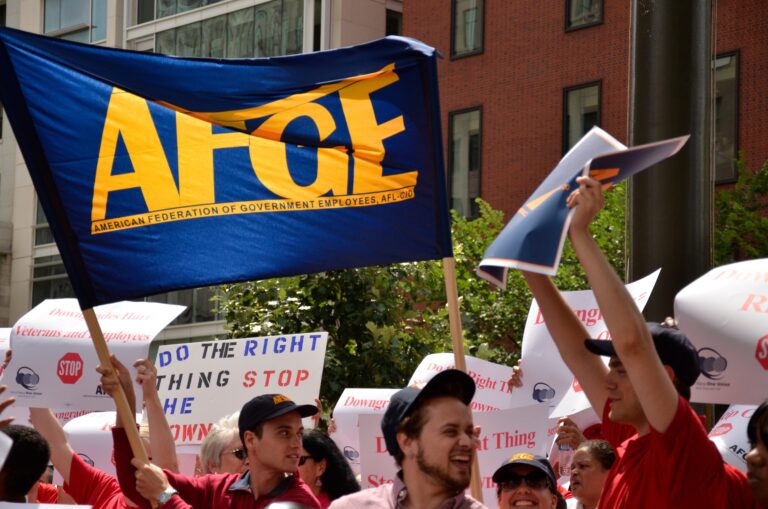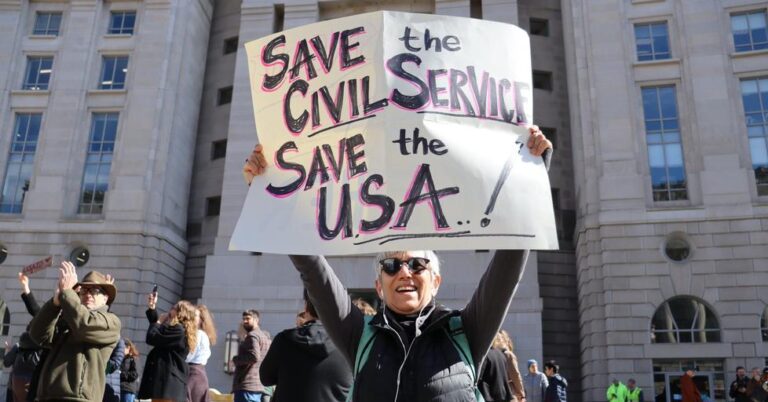
Fred Wang is a student at Harvard Law School.
Two years into the COVID-19 pandemic, remote work appears here to stay. As infection rates have surged in recent weeks, many employers across the country have instructed their employees to continue working remotely, putting a halt to company return-to-office plans. And it appears increasingly likely that working from home will remain the long-term norm—at least for certain high-paying professions. According to a new report by Ladders, a job-search site for positions that pay at least $100,000 per year, over a quarter of high-paying work—that is, over 20 million workers—will be fully remote by the end of the year. Employer decisions to postpone return-to-office dates have prompted tremendous criticism, especially given the collateral effects working from home has on child care and education.
On Monday, Minnesota announced that it would adopt the Occupational Safety and Health Administration’s vax-or-test standard, becoming the first state to do so. The standard effectively requires covered employers to mandate either COVID-19 vaccination or regular COVID-19 testing and mask-wearing. OSHA’s rule currently awaits expedited review by the U.S. Supreme Court, with a special hearing scheduled later this week on January 7.
Another joint-employer legal battle is on the horizon, just weeks after the National Labor Relations Board announced its intention to revisit its joint-employer liability rules. On Tuesday, subcontracted Alphabet Inc. workers in Missouri petitioned the Board for a union election. According to the petition, the workers are seeking to negotiate not only with their immediate employer, but also with Alphabet Inc. itself. Under the current narrow standard, the workers would have to show that Alphabet exercises “substantial direct and immediate” control over core aspects of a their employment. And if they are successful, securing direct negotiations with Alphabet—due to the company’s much greater capacity to improve working conditions—could make “a big difference.”






Daily News & Commentary
Start your day with our roundup of the latest labor developments. See all
December 4
Unionized journalists win arbitration concerning AI, Starbucks challenges two NLRB rulings in the Fifth Circuit, and Philadelphia transit workers resume contract negotiations.
December 3
The Trump administration seeks to appeal a federal judge’s order that protects the CBAs of employees within the federal workforce; the U.S. Department of Labor launches an initiative to investigate violations of the H-1B visa program; and a union files a petition to form a bargaining unit for employees at the Met.
December 2
Fourth Circuit rejects broad reading of NLRA’s managerial exception; OPM cancels reduced tuition program for federal employees; Starbucks will pay $39 million for violating New York City’s Fair Workweek law; Mamdani and Sanders join striking baristas outside a Brooklyn Starbucks.
December 1
California farmworkers defend state labor law, cities consider requiring companies to hire delivery drivers, Supreme Court takes FAA last-mile drivers case.
November 30
In today’s news and commentary, the MSPB issues its first precedential ruling since regaining a quorum; Amazon workers lead strikes and demonstrations in multiple countries; and Starbucks workers expand their indefinite strike to additional locations. Last week, the Merit Systems Protection Board (MSPB) released its first precedential decision in eight months. The MSPB had been […]
November 28
Lawsuit against EEOC for failure to investigate disparate-impact claims dismissed; DHS to end TPS for Haiti; Appeal of Cemex decision in Ninth Circuit may soon resume